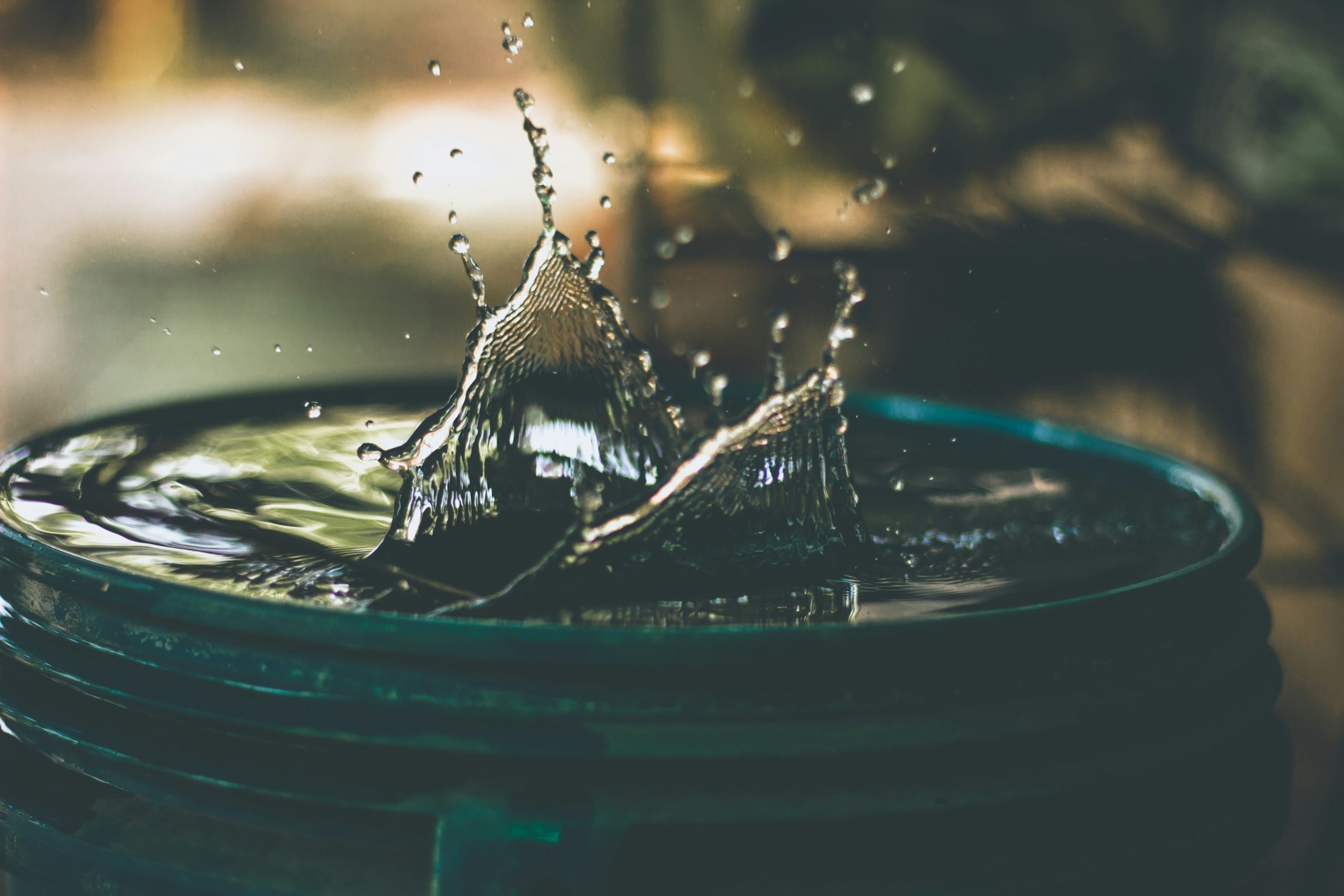In the ever-expanding world of skincare, micellar water has come outd as a popular cleansing solution, promising to remove makeup, dirt, and impurities without the need for rinsing.
Marketed as a gentle and convenient alternative to traditional cleansers, micellar water has garnered a devoted following among beauty enthusiasts worldwide. But amidst the hype, many questions linger: Is micellar water truly effective for cleansing? How does it work, and what are its potential benefits and drawbacks?
In this comprehensive guide, we’ll delve into the science behind micellar water, explore its efficacy as a cleansing agent, and uncover the truth behind its rising popularity.
Understanding Micellar Water: Ingredients and Mechanisms
At its core, micellar water consists of microscopic oil molecules called micelles suspended in soft water. These micelles act as magnets, attracting and trapping dirt, makeup, and other impurities from the skin’s surface, without the need for harsh rubbing or rinsing. The soft water base helps to hydrate and soothe the skin, leaving it feeling refreshed and clean.
Key ingredients found in micellar water formulations include surfactants such as gentle cleansing agents like glycols, fatty acids, or glycerides.
These surfactants help to break down and dissolve dirt and oil, allowing the micelles to lift them away from the skin effortlessly. Additionally, many micellar waters contain soothing ingredients like chamomile extract or aloe vera to calm and balance the skin.
The Efficacy of Micellar Water: Does It Really Work?
The efficacy of micellar water as a cleansing solution has been a subject of debate among skincare experts and consumers alike. While proponents praise its ability to remove makeup and impurities gently, skeptics question whether it can thoroughly cleanse the skin without the need for rinsing.
Research studies have shown that micellar water can effectively remove makeup, dirt, and oil from the skin’s surface. However, its ability to remove deeper impurities, such as excess sebum and environmental pollutants, may be limited compared to traditional cleansers that are rinsed off with water.
Pros and Cons of Micellar Water: Benefits and Drawbacks
Like any skincare product, micellar water comes with its own set of pros and cons. Understanding these benefits and drawbacks can help you determine whether micellar water is the right choice for your skincare routine.
Pros:
- Gentle Cleansing: Micellar water is gentle on the skin and suitable for all skin types, including sensitive and acne-prone skin.
- Convenience: Its no-rinse formula makes micellar water convenient for on-the-go cleansing or as a makeup remover.
- Hydration: The soft water base of micellar water helps to hydrate and refresh the skin, leaving it feeling soft and supple.
Cons:
- Limited Cleansing Power: Micellar water may not effectively remove stubborn or waterproof makeup, requiring multiple applications or additional cleansing steps.
- Residue: Some users report a slight residue or film left behind after using micellar water, which may necessitate rinsing with water.
- Environmental Impact: The disposable cotton pads or wipes often used with micellar water can contribute to waste and environmental pollution if not disposed of properly.
How to Use Micellar Water Effectively: Tips and Techniques
To maximize the benefits of micellar water and ensure thorough cleansing, follow these tips and techniques:
- Choose the Right Formula: Select a micellar water formulation suited to your skin type and concerns, whether it’s hydrating, mattifying, or soothing.
- Use with Cotton Pads: Apply micellar water to a cotton pad and gently swipe across the skin in upward motions, avoiding the eye area.
- Repeat if Necessary: For stubborn makeup or heavy impurities, repeat the cleansing process until the cotton pad comes away clean.
- Follow with Moisturizer: After cleansing with micellar water, follow up with a moisturizer to lock in hydration and keep the skin balanced.
Conclusion
Micellar water has become a ubiquitous presence in the world of skincare, praised for its gentle cleansing properties and convenience. While it may not offer the deep cleansing power of traditional cleansers, micellar water can effectively remove makeup and impurities from the skin’s surface, leaving it feeling refreshed and hydrated. By understanding its ingredients, mechanisms, and real-world results, you can make informed decisions about incorporating micellar water into your skincare routine and enjoy its benefits to the fullest.
FAQs
Q1: Can micellar water replace traditional cleansers in my skincare routine?
While micellar water can effectively remove makeup and impurities, it may not provide the same deep cleansing as traditional cleansers. It’s advisable to use micellar water as a makeup remover or as a gentle cleanser for light cleansing, and follow up with a traditional cleanser for a thorough cleanse.
Q2: Is micellar water suitable for all skin types?
Yes, micellar water is suitable for all skin types, including sensitive, oily, dry, and combination skin. However, it’s essential to choose a formulation suited to your specific skin concerns and avoid ingredients that may trigger irritation or sensitivity.
Q3: Can micellar water remove waterproof makeup?
Micellar water can effectively remove most types of makeup, including waterproof formulas. However, stubborn or waterproof makeup may require multiple applications or additional cleansing steps for thorough removal.
Q4: Can I use micellar water as a toner?
While micellar water can provide some toning benefits by removing impurities and balancing the skin’s pH, it may not offer the same toning properties as traditional toners. It’s best to follow up with a hydrating toner if desired.
Q5: How often should I use micellar water in my skincare routine?
Micellar water can be used daily as part of your skincare routine, either in the morning to refresh the skin or in the evening to remove makeup and impurities before bed. Adjust the frequency based on your skin’s needs and sensitivity levels.



